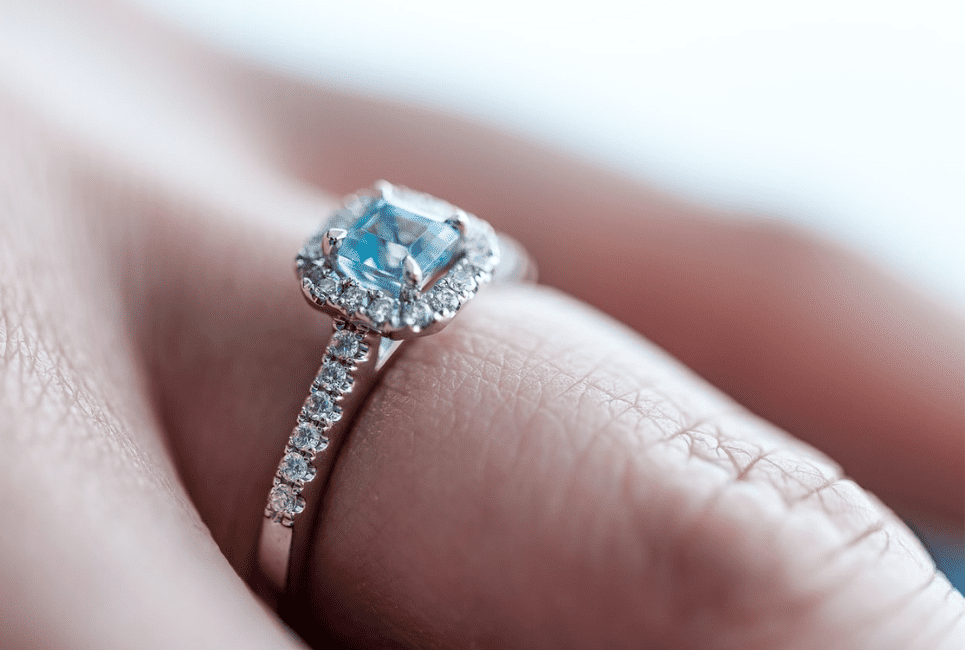- Top Spanx Alternatives Worth Trying - June 18, 2025
- Zola vs The Knot: Which Registry is Better Today? - December 8, 2023
- Zola vs Amazon Registry: Which Has the Edge in 2024? - November 30, 2023
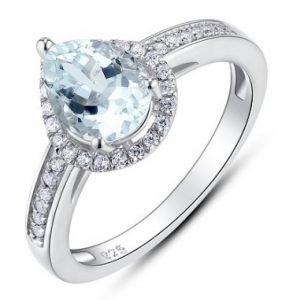
Aquamarine is an easy stone choice for the soon to be married mermaids. A durable and resilient gem, Aquamarine brings the colors of the sea to your ring finger. Before buying a ring embellished with this brilliant stone, it is important to be well versed in the mineral itself and all the factors of buying an aquamarine embellished ring, ownership, and upkeep.
I’m Asking for More on Aquamarine!
Aquamarine is a durable and resilient gem, making it a perfect embellishment for a bride or groom to be that works in a field that demands hands-on labor. Rather than overwhelming you with a list of useless knowledge, we will narrow the important factors down to two simple components of Aquamarine that we find most useful to the average consumer.
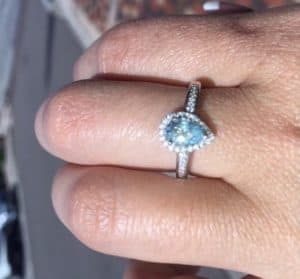
First, Aquamarine is an extremely resilient mineral. On the hardness scale, Aquamarine finds itself on an impressive 7.5 to 8, making it scratch resistant to matters that fall at a lower number.
To test the authenticity of Aquamarine, scratch the surface with an item that is in the 1-7 range of the hardness scale – a fingernail, for example, sits at a low 2 – if your nail leaves a scratch on the Aquamarine, the stone you’re dealing with isn’t authentic.
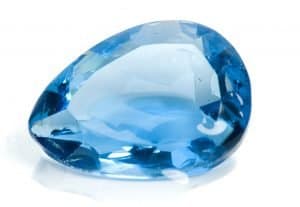
If you’re well versed in testing specific gravity, the specific gravity of Aquamarine is 2.72. If none of that made sense to you, don’t worry, it doesn’t to the majority of consumers. A quick Google search will turn up easy to follow steps on testing for specific gravity and, if you’re unconvinced as to the authenticity of your stone, they may make for a useful experiment.
Aquamarine Actually…
The majestic blues that are attributed to Aquamarine typically aren’t the natural hues of the rock – in fact, it is extremely rare for an Aquamarine gem to be found donning the colors for which it sells.
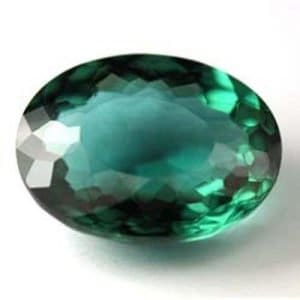
Natural Aquamarine gems are usually green with light yellow undertones. They are then heated to eliminate these colors and turn the gem its beautiful shade of blue. It is essentially impossible to differentiate between an Aquamarine gem that has been manipulated and one that is blue in its natural state.
Caring for your Aquamarine Ring
As we’ve already mentioned, heat can contribute to altering the color of your gem – for this reason, it is advised not to store your Aquamarine gem in direct sunlight or exposing it to extreme heat. If you want to be overly cautious, some retailers will recommend turning the stone towards your palm when in the sun for extended periods of time.
Aquamarine can be scratched by matters that hold a hardness level of 7.5 or higher so it is smart to store your beautiful gem encrusted ring in a secured box, pouch, or away from any diamonds or products that may flaw the stone.
As with any fine stone, it is recommended to remove your ring prior to exposing your hands to harsh household chemicals or chlorinated pools.
Let’s Talk Money
The price tag associated with Aquamarine rings varies greatly, but on average, the stone itself costs in the ballpark of $30.00/carat. Factors that influence the price of an Aquamarine ring are cut, clarity, color and setting. An Aquamarine gem of high quality will be consistently blue in color, bearing little to no green or yellow undertones.
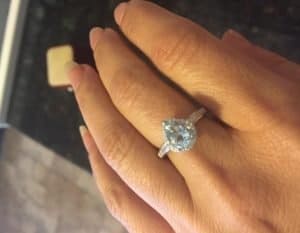
While color, clarity, cut and setting play a big role in the value of an Aquamarine stone, the size has little influence over its cost. Aquamarine is found in large quantities and oftentimes sold in bulk, so finding a high quality stone is much harder than finding a big one.
The value of Aquamarine, as in most other stones, will also depend on the clarity – a clear and blemish free stone will cost significantly more than one with numerous impurities.
Though untreated green and yellow Aquamarine stones are gaining popularity, they are no more or less valuable that manipulated ones. What more, a dark blue Aquamarine is more rare than a light blue one, but light blue ones sell for more because they are more popular.
Aquamarine Uses other than Jewelry
Many psychics and medicine men believe that Aquamarine holds the ability to heal. Sailors once wore Aquamarine studded charms on their voyages to calm sea sickness. Aquamarine is also believed to aid in self-awareness, communication and emotional strength.
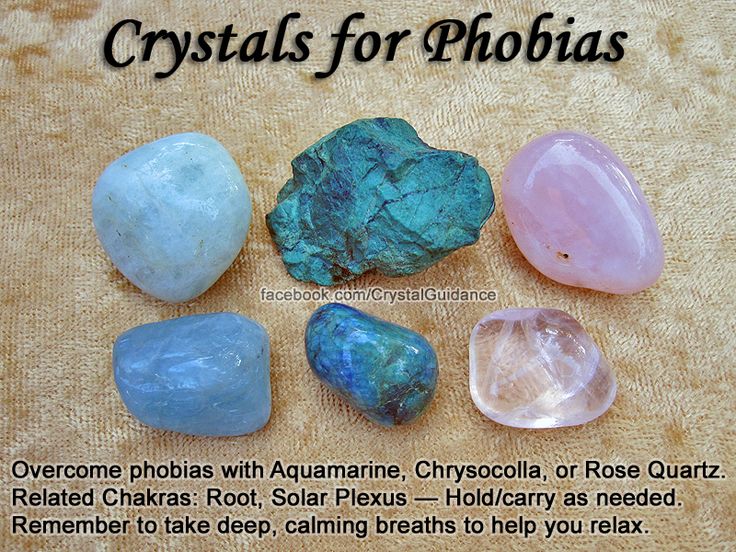
Crystal healers believe that Aquamarine will treat chronic migraines, chronic fatigue, strep throat and numerous other ailments related to the throat and head.
Am I ready to buy?
Absolutely! But we’d like to reiterate some key facts before you’re on your way.
1. A majority of Aquamarine is manipulated through heat – this fact should not worry you because this does not depreciate the value of the gem.
2. Retailers and jewelers alike are legally obligated to disclose whether any gem has been enhanced by heat. In the case of Aquamarine, the disclosure states that the gem has been “probably enhanced”, because there is no way of telling a natural blue from an enhanced one.
3. Gem dealers have been unable to determine a way to make synthetic Aquamarine, so every stone you see for sale is authentic.
4. Do not buy a Maxixe Aquamarine – this is not a genuine type of gem and the retailer from which you are buying is trying to get one by you. Also, if your jeweler is trying to sell you a Maxixe Aquamarine, find a new jeweler.
5. Focus on the quality of the stone, rather than the quantity. It isn’t hard to find large deposits of imperfect stone, but it is difficult to find small deposits of flawless ones. Focus on the cut, smoothness, cut, and transparency of the Aquamarine when looking for your best fit!
